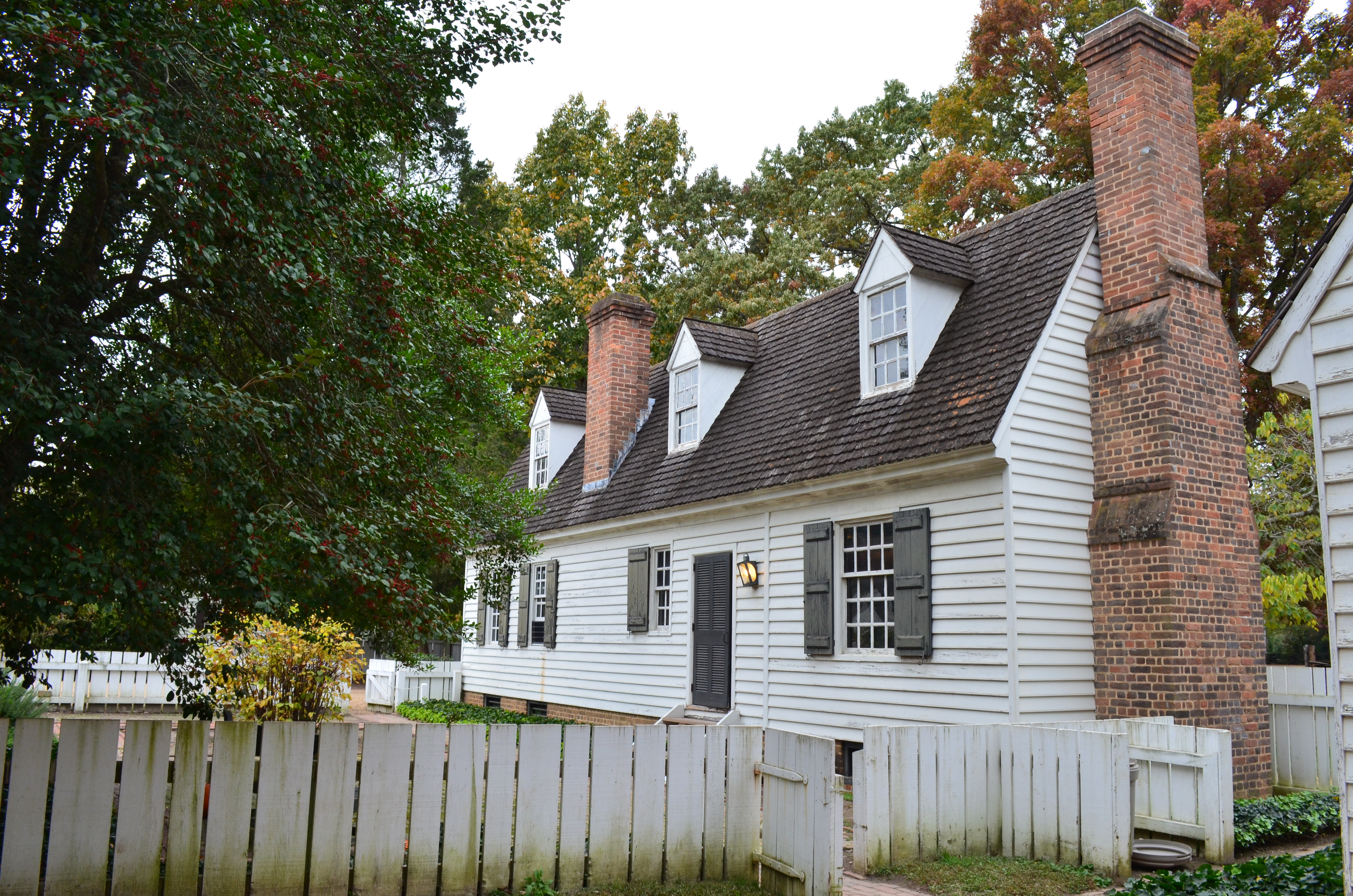For a truly revolutionary housing experience, look no further than a quick walk to the brick-laden and historic streets of Colonial Williamsburg.
The College of William and Mary, in collaboration with the Colonial Williamsburg Foundation, offers a unique housing option in the Historic Area for two rising seniors each year. Available since the 2002-03 academic year, the William Randolph Lodging — a tribute to the late, esteemed colonist and landowner who lived in the house when it was built in 1737 — is a fittingly charming white colonial-style home, adorned with green doors and shutters. Located on E. Nicholson Street, the house is just one block over from Duke of Gloucester Street and a 15-minute walk from old campus.
“Quite simply [the house] came out of the close working relationship and shared vision of William and Mary President Timothy Sullivan and Colonial Williamsburg President Colin Campbell,” Associate Director for Community Development Holly Alexander said. She helps oversee the applications in the ResLife office. “The two collaborated to build a strong partnership between the College and the Colonial Williamsburg Foundation. The opportunity to house two undergraduate seniors in a Colonial Williamsburg house was among their many ideas to connect the two entities.”
Restored in 1949, the William Randolph Lodging — often referred to as the CW House — is accented with 18th century style furniture and decor, wooden walls and floors, a cellar, an attic and a working fireplace. The interior also contains modern amenities such as a fully equipped kitchen, air-conditioning, central heating, cable and an internet connection. A one-vehicle lot, terrace and backyard garden round out the exterior.
The current residents, Stephanie Felice ’14 and Margaret Schwenzfeier ’14, were interested in living at the house due to its naturally fun way to learn about Colonial Williamsburg’s history, as well as its distinctive location.
“Meg and I initially chose to apply to the CW House because it seemed like a perfect merger of on-campus and off-campus housing,” Felice said. “Although it was simply a fun idea at first, we were smitten as soon as we visited the house.”
The programming budget to host activities for the campus community also enticed them to apply. As part of the housing agreement, students living in the house are required to host multiple creative events each year which help foster the relationship between Colonial Williamsburg and the College. With regular meetings between campus officials and Residence Life staff, the students are expected to thoroughly report on their progress and success.
“We had an open house during Family Weekend where we had snacks and drinks and let students and their parents take a look around the CW House and learn more about the opportunity to live there as seniors,” Schwenzfeier said.
The girls also hosted a pumpkin-carving event in late October and plan to do holiday-themed events in November and December that are open to anyone in the Williamsburg community.
Living in Colonial Williamsburg also brings with it curious, often overlooked, rules. To keep the colonial aesthetic as accurate and authentic as possible, students are banned from having any noticeable visual elements, both inside and outside the house, that don’t maintain an 18th-century appearance. A tolerant demeanor is also advised; tourists have been known to look in the windows and sit on the doorstep, unaware that the house is a private residence.
“Understandably, we aren’t allowed to disrupt the colonial atmosphere in any way,” Felice said. “This means that we can’t leave anything outside, hang things in our windows, open our blinds when we use the television or play loud music. We’re also discouraged from driving to and from the house during the day.”
Despite these restrictions, the girls highly recommend the house for future seniors.
“I think there’s a misconception that it’s just for history majors, but it’s been a great experience for me so far, and I think it’s a good opportunity to learn more about the history of Williamsburg before graduation,” Schwenzfeier said.
Students interested in living at the house should note that they must apply with a prospective roommate; both applicants must be rising seniors with good academic and moral standing. Essays, recommendations and an interview are also required for this increasingly competitive program.
“The applicant pool varies from year to year,” Alexander said. “It’s a competitive process. … My best advice for those who wish to apply is to be creative in their proposal and have some thoughts about how they might accomplish what they have proposed.”
The application for the 2014-15 academic year will be available on the ResLife website in mid-November.


[…] This story was reprinted with permission from The Flat Hat, the campus newspaper of The College of William & Mary. […]